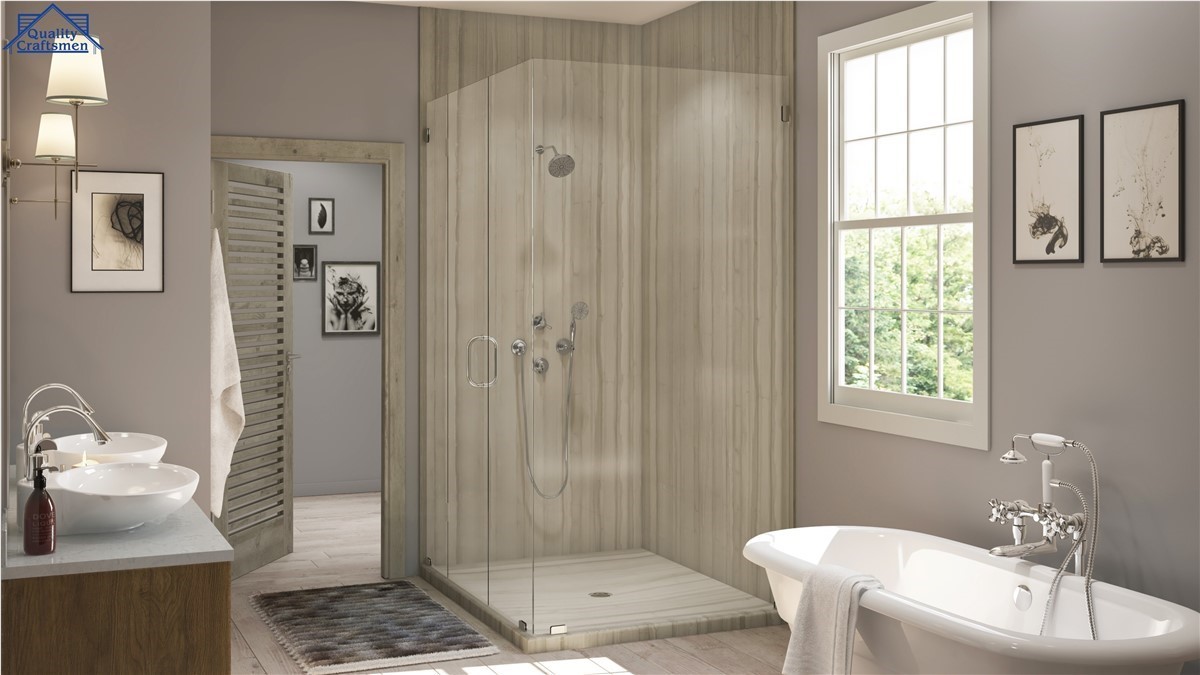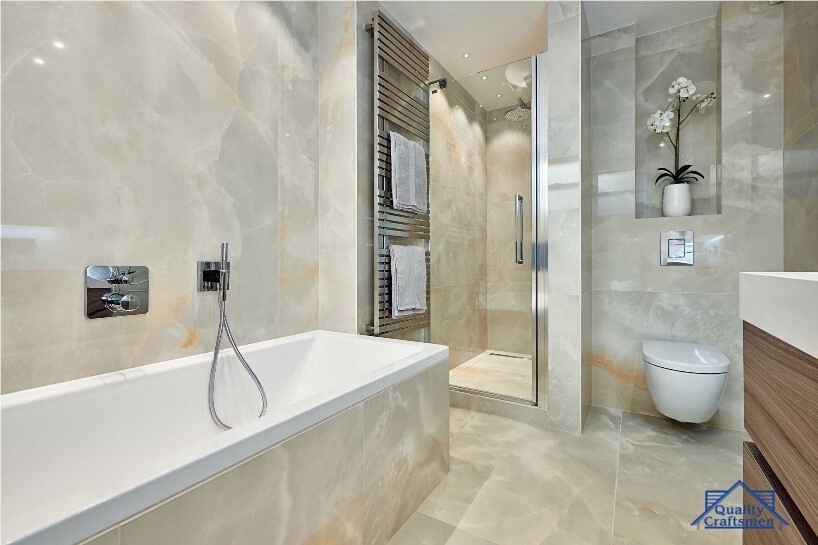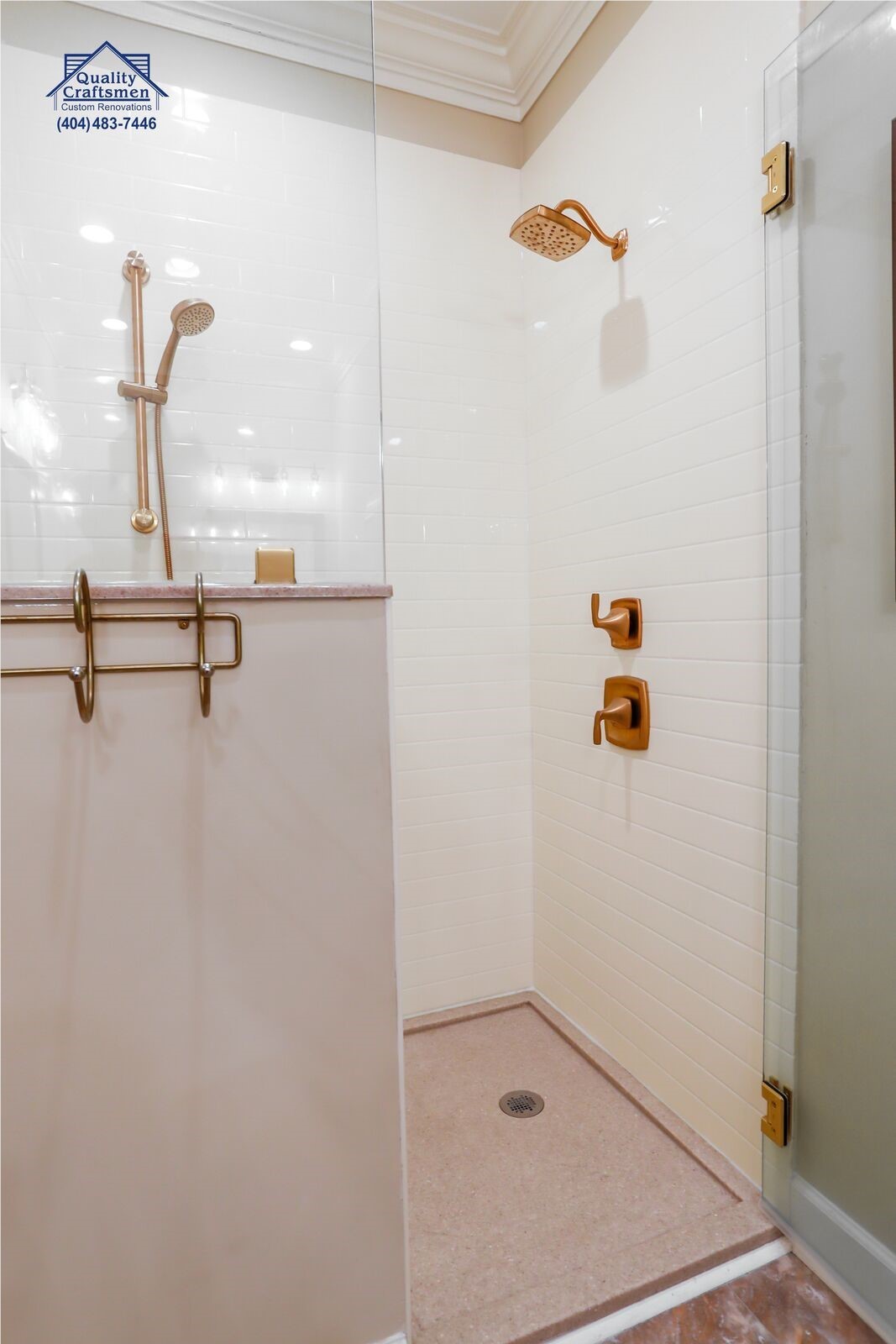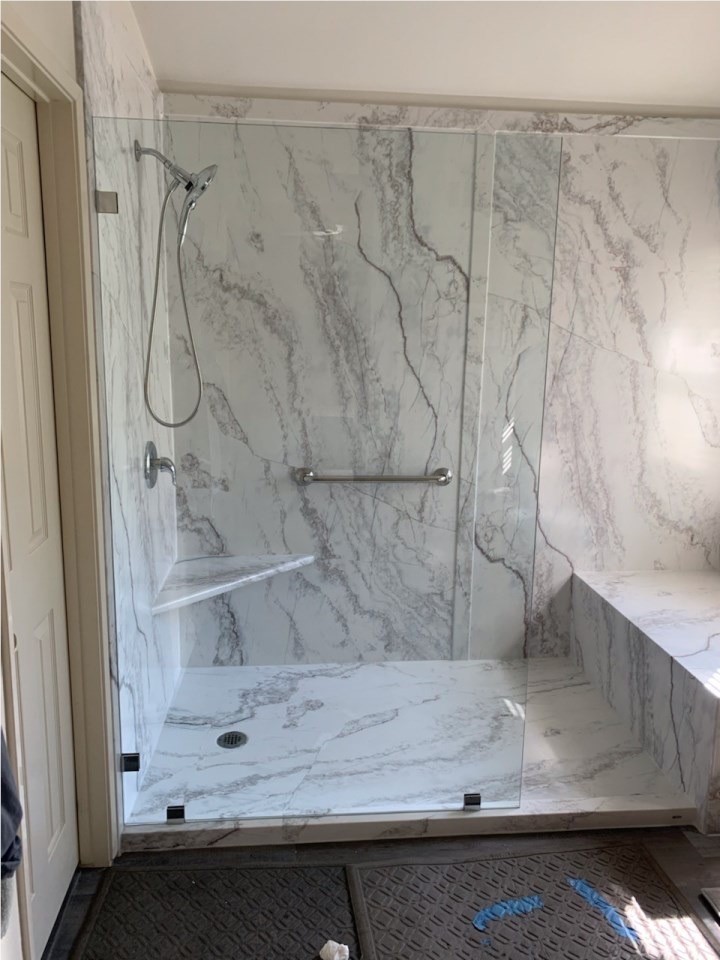Even a small drywall patch manages to stir up a substantial amount of dust in your house. But a renovation project can cover your entire home in dust if the contractor fails to utilize an effective dust remediation procedure. None of it is convenient for the homeowner, but with dust control measures in place and the end goal in mind, dust can be minimized and almost entirely avoided during home renovations.
When shopping for the best general contractor for your remodel or home addition, always ask how they plan to control dust. If the contractor hems and haws about it because dust-control will add to the cost of the project, either plan to deal with the dust yourself or think about crossing that contractor off your list. Although the efforts to keep the rest of your house as dust-free as possible requires extra equipment, time, effort and materials, allowing dust to float freely could cost you more in the end. What should you expect a good remodeling contractor to do?
Cover the Floors
The contractor will choose a dedicated door to the outside where they can make as many of the material cuts as possible. The floor where construction crews will be working should be covered and protected from all the foot traffic to prevent grinding construction dirt and dust into it.
Seal the Doors
All doorways not used for the crew should be sealed with thick plastic and painter’s tape to prevent the dust from seeping through the cracks. Any open doorways need to be draped and sealed, as well. The door the crew is using should be double sealed with zippered access on each sheet of thick plastic.
Seal the Vents
Sealing the heating and cooling vents, including the return air vent, could be tricky if you need to run your furnace or air conditioner during the project. Closing vents and blocking return air ducts can stress your central HVAC system significantly. But the only way to keep the dust from getting into the duct work and being blown everywhere else is to seal the vents, too. Be sure to discuss this thoroughly with your chosen contractor and work out a feasible plan if you can’t do without your heat or air conditioning. If you have no other option but to keep it running, you’ll need to change the filter weekly.
Create Negative Air Pressure in the Construction Zone
Once the room in question is sealed off, the contractor should install a box fan in a window facing outward and seal all around the fan. When running, the fan creates negative pressure in the room so that when the crew enters and exits, the air gets sucked in and is prevented from billowing out.
Use Power Tools With Attached Vacuums
An option for contractors is to equip their work crews with drills, saws and sanders that have built-in vacuums to capture the dust on the spot. However, these tools come with hefty price tags, so not all crews will have them.
Use the BuildClean® Dust Control System
The BuildClean® dust control system is a unique vacuum device manufactured specifically for indoor construction. It’s patented design can keep 90 percent of the construction dust contained. No good general contractor should be without one!
While conscientious crews might keep 90 percent of the construction dust out of the rest of the house, you’ll still need to contend with that leftover 10 percent. Take sensible measures to cover your floors and as much furniture and fixtures as possible. Also, plan on having a complete post-construction cleaning performed. You can contract this as part of the project or on your own.
Quality Craftsmen takes pride in going the extra mile to make your home renovations as clean and painless as possible. Contact us today for a free consultation and let’s get your project started!
Subscribe to Quality Craftsmen's Blog










Comments